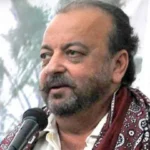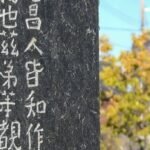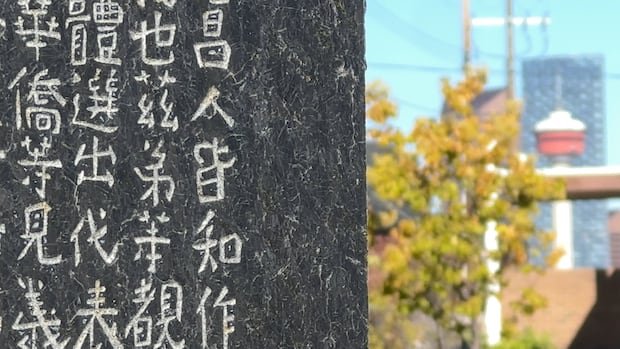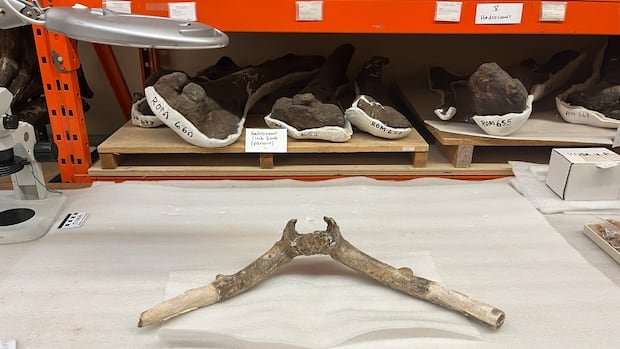As Bill S-2 moves forward in the Senate, debate continues over whether the legislation will do enough to address remaining discrimination in registration under the Indian Act.
The bill aims to eliminate sex-based discriminations that persist in the registration process, especially those linked to emancipation: the often involuntary loss of status to become “full citizens.”
The bill also provides a process to reaffiliate women who were forced to join their husband’s band after marriage with their communities of origin or “home band,” a process for people to remove themselves from the register, and removes outdated and offensive language from the Indian Act.
Senators are considering whether to advance the bill as is or add additional amendments, such as ending the “second-generation cap” that eliminates status after two generations of a non-status parent.
On Tuesday, the Senate committee on Indigenous Peoples heard from Madeleine Redfern, interim executive director of the Native Women’s Association of Canada (NWAC).
Redfern told senators that NWAC supports Bill S-2, but that it does not take into account registration issues such as the second-generation limit and the right of communities to control their own membership.
“With the increasing number of families with one status parent and one non-status parent, second generation severing will become increasingly common, creating harmful and unreasonable consequences by limiting future generations of Indigenous people’s access to status,” Redfern said.
Redfern, who is Inuk from Iqaluit, pointed to the Nunavut Agreement as an example of self-determination when it comes to determining identity and community affiliation.
“My land claim agreement gives my nation, my people, the right to determine our identities through our own registration program, so that is possible in this country,” Redfern said.
‘Disappearing Indian formula’
Sen. Mary Jane McCallum said the bill as written could restore status to nearly 6,000 people, but if it is amended to eliminate the second-generation cap, up to 225,000 could be eligible to receive the status.
Pam Palmater, chair of Indigenous Governance at Metropolitan University of Toronto, told the committee the government must act now.
“Canada cannot wait any longer,” he said.
“You must make an amendment to remove the second-generation cutoff in this bill. You simply cannot enact yet another bill (this will be the fourth with these small, incremental steps) while maintaining a tight grip on legislative sunsetting on the disappearing Indian formula.”
Assembly of First Nations National Chief Cindy Woodhouse Nepinak appeared before the standing committee last week and said she supports the intent of the bill, but that it only represents a small step toward ending discrimination in registration.

“Every few years since 1985, there is more litigation and then another bill to amend the registration provisions of the Indian Act, often with little direct consultation with rights holders who bear the brunt of the consequences without additional resources or land to accommodate new registrants,” he told the committee last week.
“Our people have the right to determine who they are and to have their rights determined in accordance with our laws and policies.”
Another committee meeting is scheduled for Wednesday night.








